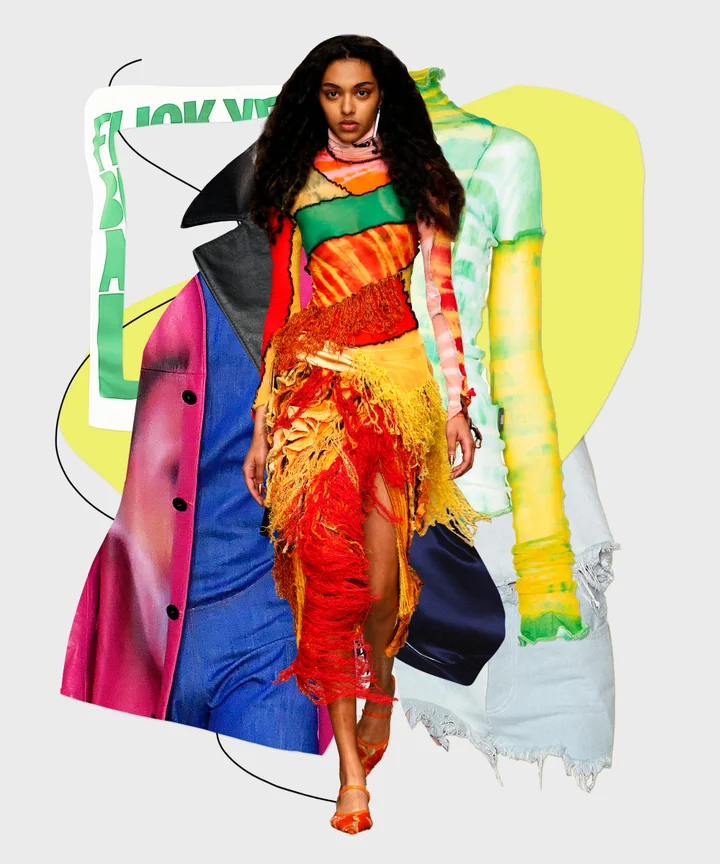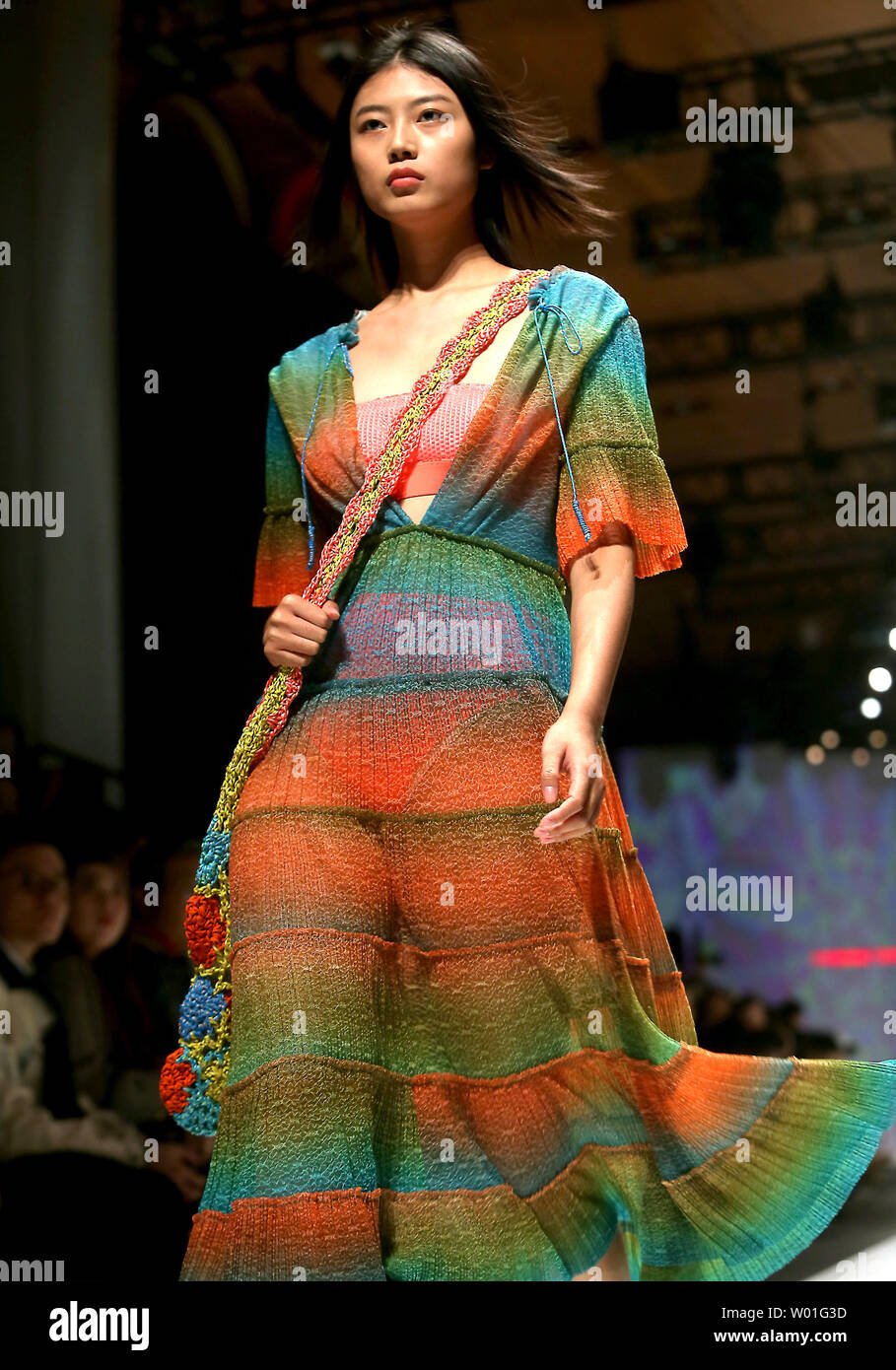Most Current Trends in Eastern Wear Pakistan : A Comprehensive Guide for 2024
Most Current Trends in Eastern Wear Pakistan : A Comprehensive Guide for 2024
Blog Article
Embrace the Elegance of Cultural Variety With Eastern Put On
Discovering the intricate globe of Eastern use opens up a realm of social richness and creative expression that transcends borders and time - eastern wear pakistan. From the dynamic shades of traditional Chinese qipaos to the regal style of Pakistani shalwar kameez, each garment envelops a special narrative that talks volumes about the heritage and personalizeds of its origins. As we browse through the tapestry of Eastern style, we reveal concealed gems of creative thinking and practice that not only adorn our bodies yet also link us to a deeper feeling of belonging and gratitude for the varied tapestry of worldwide society
Origins of Eastern Put On
Originating from old civilizations in Asia, Eastern put on includes an abundant tapestry of custom and social importance. The origins of Eastern wear can be traced back to numerous regions such as India, China, Japan, and the Center East, where clothing was not simply a means of covering the body however also a reflection of social standing, profession, and religions. In India, for example, traditional clothing like the saree for females and kurta-pajama for men have been used for centuries and hold deep symbolic meanings. In a similar way, in China, the cheongsam and qipao are renowned items that showcase the sophistication and elegance of Chinese culture.
Eastern wear has progressed gradually, mixing historical custom-mades with contemporary impacts to produce a diverse series of designs that deal with various celebrations and choices. From detailed needleworks to lively colors, each garment tells an unique tale of its social origins, making Eastern wear a symbol of heritage and identification that remains to astound individuals worldwide.
Importance in Conventional Outfit
Typical clothing in Eastern societies lugs extensive symbolism that mirrors the worths, ideas, and heritage of diverse neighborhoods. Each design, garment, and shade aspect in Eastern traditional attire holds substantial cultural definition. In Indian society, the saree signifies femininity, grace, and custom. The elaborate patterns and concepts on a Japanese kimono frequently represent nature, periods, or perhaps social status. In Chinese culture, the shade red in conventional clothing symbolizes good luck and joy, while the dragon motif signifies power and toughness.
Additionally, typical attire is often worn during special occasions and ceremonies to recognize customs and showcase social satisfaction. The lively colors and comprehensive embroidery on a Pakistani shalwar kameez used throughout wedding celebrations commemorate joy and celebration. Understanding the significance behind Eastern conventional attire not only adds deepness to the garments but likewise cultivates recognition for the abundant cultural heritage and worths installed within these garments.
Influence of Eastern Fashion in the West
The blend of Eastern fashion components with Western designs has created a captivating trend in the global style market. Over the years, Eastern style influences have made a substantial influence on Western fashion, with developers and fashion fanatics alike attracting inspiration from the abundant customs of countries like India, Japan, and China.
Among the most recognizable influences of Eastern fashion in the West can be seen in the popularity of typical Eastern garments such as the qipao, robe, and saree. These garments have actually been reimagined and adjusted to fit Western preferences, leading to trendy and one-of-a-kind combination items that More Help blend the ideal of both worlds.
Moreover, Eastern themes, embroidery strategies, and shade palettes have actually also located their way right into Western style collections, adding a touch of exoticism and class to contemporary layouts (eastern wear pakistan). The seamless assimilation of Eastern and Western style elements not just showcases cultural diversity however additionally cultivates creativity and development in the ever-evolving world of fashion

Modern Interpretations of Eastern Styles
How have modern designer reimagined and translated Eastern styles for a modern-day audience? Over the last few years, there has been a rise in contemporary interpretations of typical Eastern garments that satisfy the preferences of a globalized globe. Designers are blending classic Eastern these details silhouettes, detailed embroidery, and abundant fabrics with modern cuts, innovative fabrics, and strong shades to create a blend of East-meets-West fashion.
One prevalent fad in contemporary interpretations of Eastern designs is the consolidation of traditional concepts and patterns right into Western clothing pieces. This fusion results in unique garments that celebrate the abundant heritage of Eastern societies while appealing to a more comprehensive target market. Designers are trying out with mixing and matching different Eastern elements, such as matching a standard kurta with modern-day denim jeans or layering a saree with an organized blazer.
Tips for Designing Eastern Garments
When styling Eastern garments, take into consideration including modern devices to develop a balanced and eclectic appearance. Standard Eastern clothing, such as sarees, kurtas, and sherwanis, can be elevated by including modern elements like declaration fashion jewelry, sleek handbags, or trendy shoes. Blending standard Eastern outfit with modern pieces can lead to a one-of-a-kind and stylish ensemble that showcases a fusion of societies.
An additional pointer for styling Eastern garments is to have fun with shades and patterns. Don't be afraid to try out detailed layouts or strong shades to make a style declaration. Blending and matching different patterns within the same outfit or pairing different shades can add visual rate of interest and depth to your appearance.
In addition, take notice of the fit of the Eastern garments. Tailoring plays a vital function in how the outfit drapes on the body. Ensure that the apparel fits well and matches your physique to boost your general appearance. Additionally, do not think twice to accent with conventional Eastern fashion jewelry, such as jhumkas, bracelets, or click to read more maang tikka, to finish your ensemble with a touch of authenticity and sophistication. eastern wear pakistan.
Verdict
To conclude, Eastern wear deals an one-of-a-kind possibility to appreciate and honor the varied societies and customs of Asia with fashion. By comprehending the origins, significance, and influences of conventional outfit, people can welcome the beauty of social diversity and incorporate Eastern styles into their wardrobe with regard and appreciation. With contemporary analyses and thoughtful styling, we can continue to celebrate the abundant heritage and workmanship of Eastern fashion in a purposeful method.
Each garment, design, and color aspect in Eastern traditional clothing holds significant social definition. Understanding the meaning behind Eastern traditional clothes not just includes depth to the apparel however additionally promotes appreciation for the rich social heritage and worths installed within these garments.

Report this page